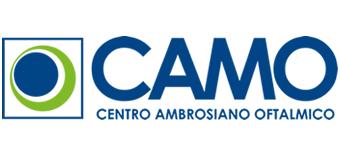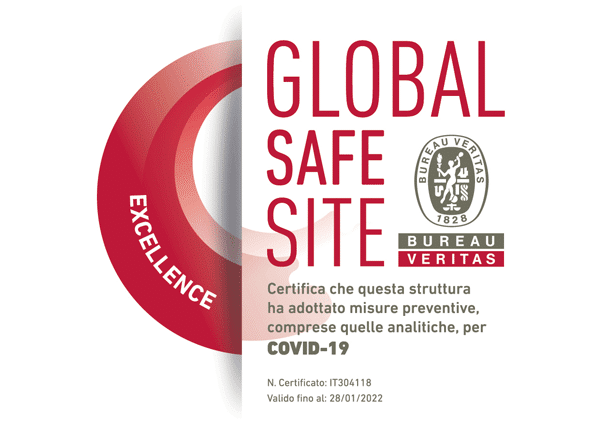Corneal cross linking
Corneal cross linking (CXL) is not a true surgical procedure, in that it does not involve incisions, sutures or other invasive maneuvers. It is a technique used in the initial phases of keratoconus, that is when the thickness and curvature of the cornea are fairly-well or completely preserved. It is also possible to use this treatment in patients affected by more advanced keratoconus as it may limit the speed of progression.
In this technique, a product called Riboflavin is applied to the cornea; this is then activated by UVA light rays. The action of the light on the drug stimulates the cornea to strengthen the bonds between the tissue layers, leading to an interruption or a deceleration of the evolution of this condition. The objective is to increase the rigidity and the resistance of the cornea.
The technique is straightforward and is not particularly invasive when compared to other therapeutic options proposed for keratoconus. The procedure is performed in a day surgery unit, is painless (anesthesia is supplied with topical anesthetic eye drops) and lasts approximately one hour.


